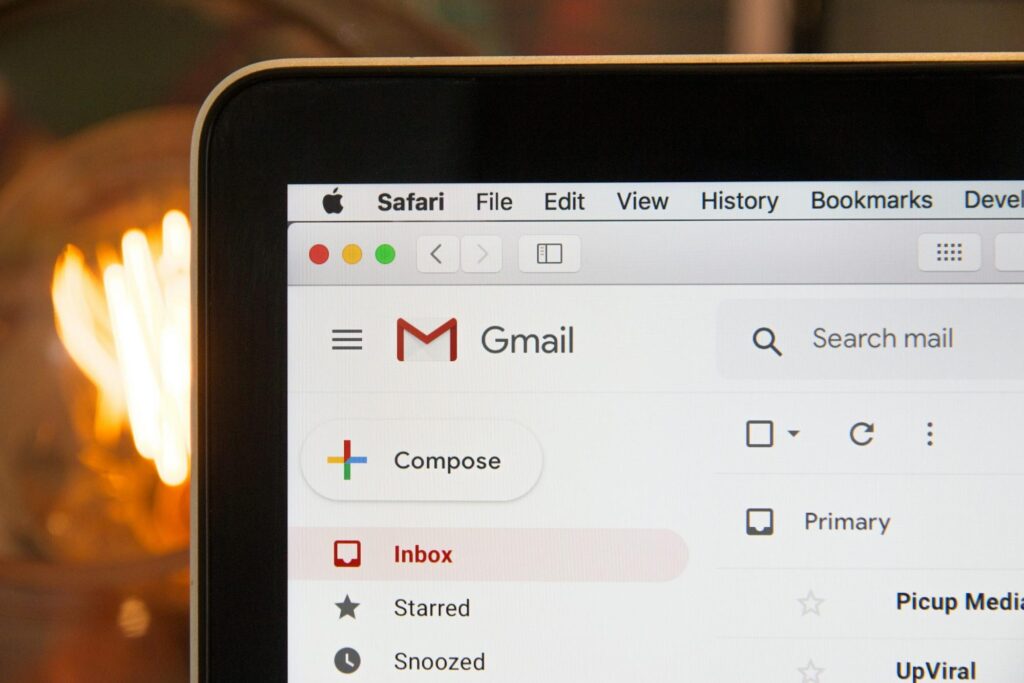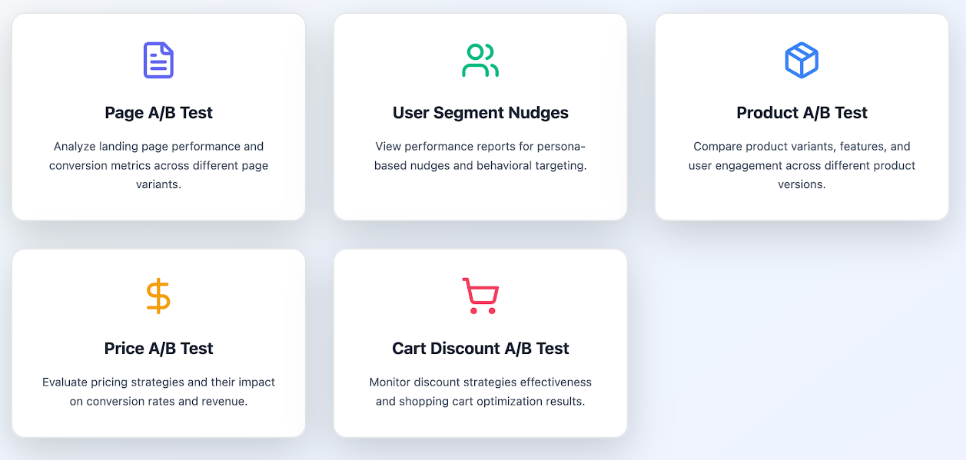Email marketing works best when you know what engages your readers. A/B testing helps you do exactly that. It’s a simple but powerful method to compare two versions of an email and see which one performs better.
In this guide, we’ll walk you through how to perform A/B testing for email campaigns using clear steps and simple tools.

A/B testing (also called split testing) is when you send two different versions of an email to small groups of people. One group gets version A and the other group gets version B.
Compare the results to see which version people liked more. Once you know which version works better, you can send that to the rest of the list.
An A/B Testing Platform that uses heatmap and user journey data to automatically test multiple variables saves you time, is accurate, and boosts revenue by proper targeting.
Not all emails are equal. Some mails get opened more because their subject lines are attractive. Some images make readers click. A/B testing tells us which version gets the most engagement, and this helps improve open rates, click rates, and conversions.
If you change too many things at once, you won’t know what worked. So, it’s important to start small and pick one thing to test at a time.
Here are some elements to test:
Choose only one of the above to begin with, while keeping the rest of the email the same for both versions.
The top A/B tests include:

It’s smart to invest in an A/B Testing Platform that offers all of the above. You can relax and make smart business decisions based on the critical, real-time data that the tool picks up for you.
Before you send out an email, you must define the goal of the A/B testing for email marketing, that is, what you want from the email.
Common goals include:
If you’re testing subject lines, the goal is clearly more opens. If you’re testing buttons, the goal is to get more clicks.
Don’t send both versions to the full list. You only need a portion of the list to test.
Here’s how it works:
The rest of the list gets the winning version.
Some email tools, like a powerful A/B Testing Platform, will do this step automatically. Just set the dynamic sample size, and the tool does the rest.
Now, build your A and B versions. Only change the one element that you’re testing. Everything else must be the same.
Examples of two versions of a subject line:
Once sent, analyze which one has more opens, clicks, and conversions.
Schedule the test. Make sure both versions of A/B testing for email campaigns go out at the same time. This keeps things fair. If one goes out in the morning and the other in the evening, results may vary for the wrong reason.
If you’re testing send time, then keep the content of the email the same and only change the schedule.
Let the test run for a few hours or even 24 hours. Then check the results.
Look at:
Use your email platform’s dashboard to get this data.
If version A got a 20% open rate and version B got 25%, then B wins.
Once you’ve figured out which version worked better, send it to the rest of the list. This way, most of your audience gets the best version.
This leads to better results based on real statistics and less guesswork.
The job isn’t done after one test. Keep testing different parts of the email to learn more.
Here’s what you can test next:
Each test gives us more data to make better emails in the future.
The top platforms have A/B testing features built in. These tools help set up, send, and measure tests easily. We only need to choose what to test, and the most reliable A/B Test Platform handles the rest.
Let’s consider a sports store running a summer sale.
For this, you’d want more opens, so you can test two subject lines:
Send each to 5% of the list. After 6 hours, check the data:
In this case of A/B testing for email campaigns, Version B wins. So, you can go ahead and send that version to the remaining 90% of the email list. As a result, the email campaign performs better because it’s using a high performing subject line.
A/B testing for email campaigns helps us learn what works best. It’s a smart, simple way to improve results. Whether it’s subject lines, CTAs, or layouts, testing gives you the facts that you need.
Start testing one thing at a time. Track the data. Let the winner lead the way. Over time, this will make your emails stronger, and thus, email campaigns more effective.
Every test helps you build smarter email campaigns that get results that, in turn, boosts conversions, provides you better and faster ROI, and helps your business expand.
Empowering businesses to optimize their conversion funnels with AI-driven insights and automation. Turn traffic into sales with our advanced attribution platform.



